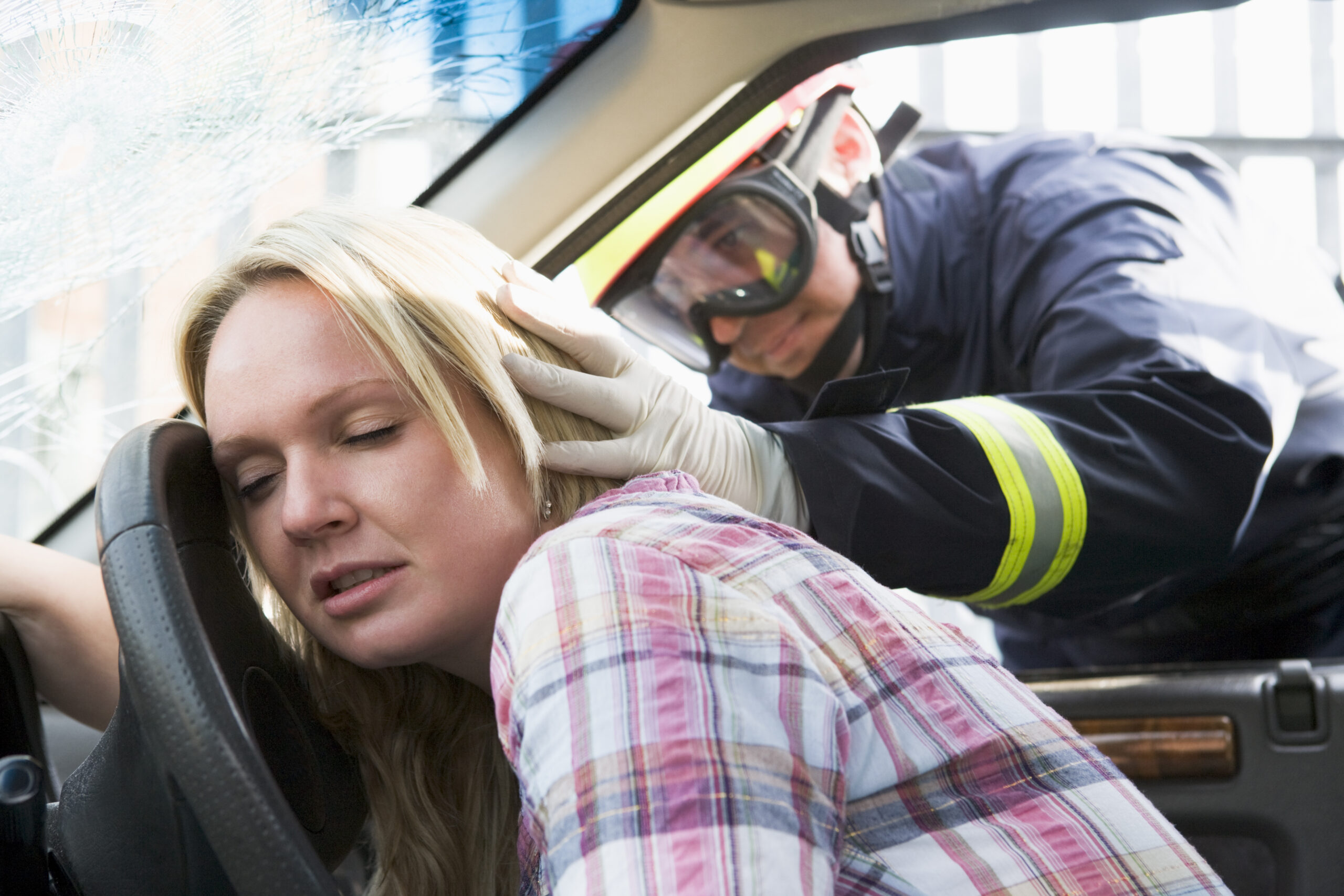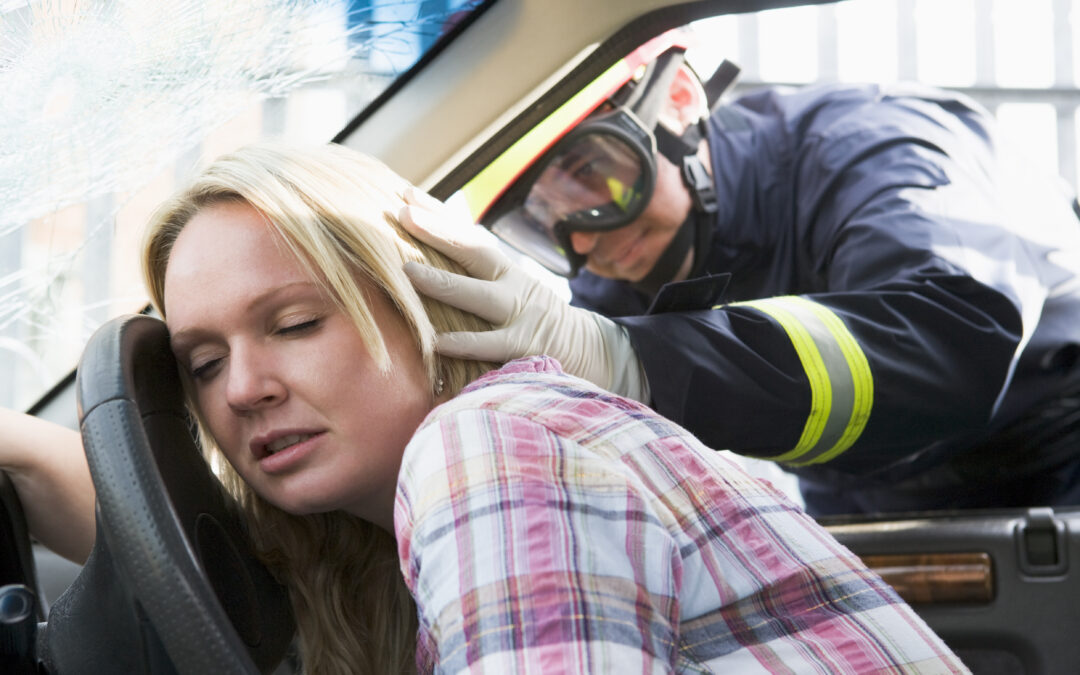Disasters can strike at any moment, leaving devastation in their wake. Whether it’s a natural calamity like a hurricane or an unforeseen event such as a power outage, being prepared is crucial. An emergency kit can be your lifeline when chaos ensues. Here’s what you need to include to ensure you’re ready for whatever comes your way.
## Essential Tools and Gear: Your Emergency Kit Foundation
Every effective emergency kit begins with the right tools and gear. These items form the backbone of your preparedness strategy. Start with a sturdy backpack or container; this will be your go-to for organizing supplies and making them easy to transport if evacuation becomes necessary.

Next, consider including a reliable multi-tool—something that combines several functions into one compact device. A flashlight, powered by batteries or solar energy, is essential for navigating through darkness when the lights go out. Don’t forget extra batteries! A whistle can also come in handy for signaling help without exhausting your voice.
A portable phone charger may seem like a luxury during normal times, but when disaster strikes, staying connected could be vital. Additionally, pack a local map; technology can fail when you need it most, so having a physical reference on hand is invaluable.
## Food and Water: Nourishing Your Resilience
When preparing for emergencies, food and water are non-negotiable essentials. The rule of thumb? At least one gallon of water per person per day should be included in your kit. Don’t forget about pets! Store enough water for them too.
As for food, opt for non-perishable items that require minimal preparation—think canned goods, dried fruits, nuts, energy bars, and freeze-dried meals. Rotate these items regularly to ensure freshness; nobody wants to find expired rations in their time of need!
Thank you for reading this post, don't forget to subscribe NOW for FREE!
Some kits even benefit from including portable cooking gear or utensils—like camping stoves or mess kits—to make meal prep easier if you’re dealing with prolonged circumstances away from home comforts.
## First Aid and Medications: Keeping Health a Priority
Health should always remain high on your list of priorities during emergencies. A well-stocked first aid kit is essential; include adhesive bandages, antiseptic wipes, gauze pads, medical tape, scissors—even tweezers! Tailor this kit according to specific family needs; if anyone has allergies or chronic conditions requiring medication, stock extra supplies accordingly.
Having over-the-counter medications like pain relievers (ibuprofen/acetaminophen), antihistamines for allergies, and stomach relief options can provide much-needed comfort during stressful situations. Ensure all necessary prescriptions are refilled before they run out—disruptions may delay access later.
## Personal Safety Items: Protecting Yourself and Your Family
In addition to basic necessities, personal safety items bolster your defense against potential threats during an emergency scenario. Consider adding N95 masks or cloth face coverings to protect against harmful particles in the air after disasters like wildfires or chemical spills.
Self-defense tools such as pepper spray can enhance personal security while navigating uncertain environments—however check local laws regarding possession beforehand!
Lastly—but certainly not least—include important documents such as identification cards (passports/drivers’ licenses), insurance policies, medical records stored in waterproof bags within your kit. This ensures you have everything you might require at hand during chaotic moments.
By taking proactive steps now to prepare an emergency kit filled with these essential supplies—you’re not just gathering items; you’re cultivating peace of mind amidst life’s unpredictability. Equip yourself today so that when the worst happens—you’ll be ready!






